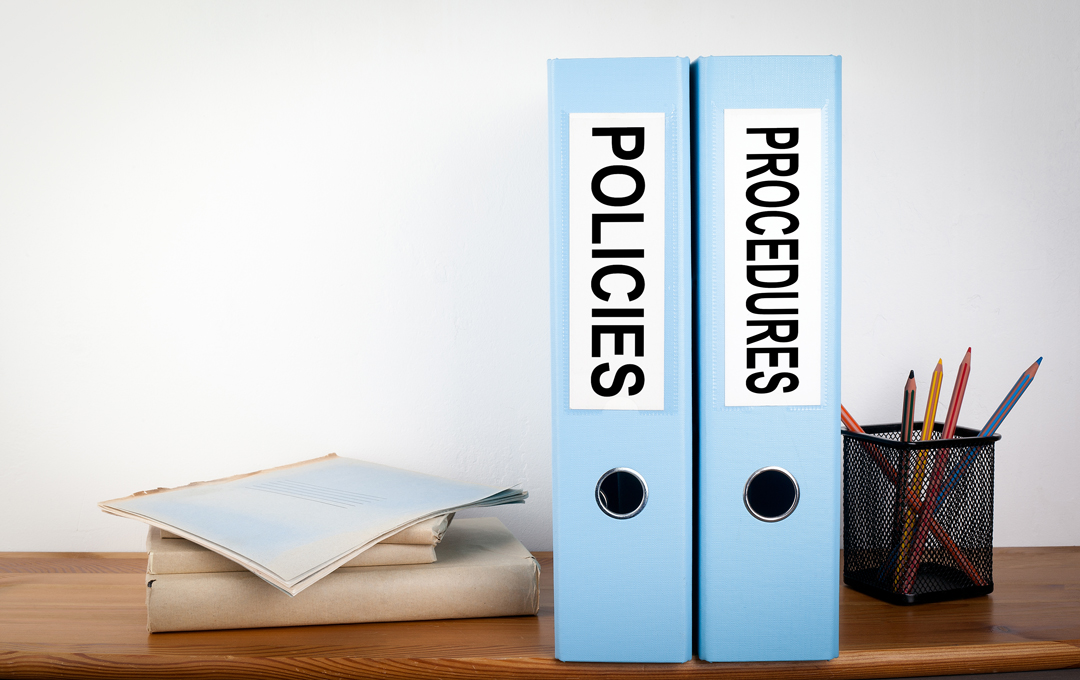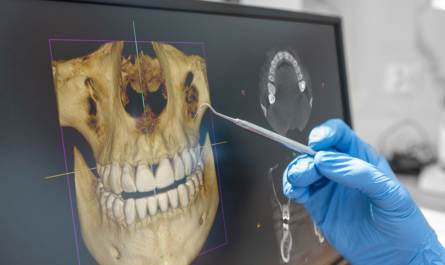Standard diagnoses and a willingness to examine adverse events are must-haves in order for progress to occur
The road to quality improvement in dentistry – better care, better outcomes, higher levels of safety for patients and the dental staff – isn’t a matter of simply wanting to do things better. It’s more about discipline – discipline in recordkeeping, discipline in setting up processes and measuring results, discipline in communicating and sharing data with the internal team and peers outside the four walls of the practice.
Medicine might have the jump on the dental profession in these matters, but dentistry is making up for lost time, says Elsbeth Kalenderian, DDS, MPH, chair, oral health policy and epidemiology, Harvard School of Dental Medicine, and chief of quality at Harvard Dental Center, who spoke on the topic of quality improvement at the 2013 OSAP Symposium.
“My field of interest is quality and quality improvement,” says Kalenderian, who is currently involved in developing a patient safety system through a five-year NIH/NIDCR grant. “When I came back to dentistry – I was in the hospital world for quite awhile – I could see we have some catching up to do.”
Documenting diagnoses
Two things need to occur in order to measure and hence, improve, the quality of dental care, says Kalenderian. First, the profession needs to document diagnoses in a standardized way. Second, adverse events must be acknowledged and tracked.
Without standardized diagnoses, you can’t measure the effectiveness of outcomes, she says. “If I say, ‘We took out 50 wisdom teeth,’ but didn’t include diagnoses, the only thing I can measure is, ‘Did I take them out?’ or ‘Did I take them out [without an adverse event]?’ but not, ‘Did I take them out for the right reason?’ For quality reasons, it’s really important we get the diagnosis piece in. Medicine figured this out in the 1880s.”
Acknowledging and tracking adverse events gets to the issue of culture, that is, building a culture of quality improvement and patient safety, says Kalenderian, who has worked on this issue in the medical field. “If you want to fix any issues – any – you need to have a culture in which it’s possible to do that.” The key is getting people to trust that measuring and examining adverse events isn’t about assigning blame and punishment. “When people see they won’t get fired after reporting, true root cause analyses can be done, and you can feel the atmosphere change.”
Measuring adverse events
The reason that examining adverse events is so important is simple: You can’t improve patient safety if you don’t know what’s going wrong, says Kalenderian. Dental professionals know about wrong-side dentistry, or jaws that were broken during an extraction. “But we don’t have a real inventory, or a taxonomy, of adverse events, as medicine does.” Only with such an inventory in place can research be done on the causes of such events, and hence, potential solutions.
“We can start measuring how often [adverse events] occur,” she says. “What we will find is that some things don’t happen as often as we thought, and other things are happening that we didn’t have a clue about. That’s when we can start thinking about solutions and game-changing ideas.”
This “inventory” of adverse events needs to reside in a central location, or data repository, she adds. And that means the industry needs to create a centralized reporting system, one with which dental professionals feel comfortable sharing their data.
These steps can be tedious and time-consuming, says Kalenderian, who has had conversations on the topic with Lucian Leape, MD, Harvard School of Public Health, and a member of the Institute of Medicine’s Quality of Care in America Committee, which authored seminal works on patient safety: “To Err is Human” in 1999, and “Crossing the Quality Chasm” in 2001. But they are necessary steps in the quality improvement process.
EZCodes
In order to get reimbursed for their services, medical doctors must note in a standardized format not only the procedures they perform (using the CPT code), but their diagnoses as well (with the ICD-9 coding system). But dentists need only note the procedure code (CDT), not a diagnostic one. The diagnosis field may be left empty.
“This doesn’t mean dentists don’t diagnose,” says Kalenderian. “Every dentist diagnoses. But where they document that diagnosis, and how they document it, varies.” Diagnoses may be buried in treatment notes, and what is precisely written for the same ailment varies from doctor to doctor, perhaps even visit to visit, or patient to patient.
Kalenderian has done much work in developing standard diagnoses for the dental profession, through developing the so-called EZCodes diagnostic terminology. The system may be an alternative for practices that feel that, with more than 7,000 codes, existing coding systems – SNOMED (developed by the International Health Terminology Standards Development Organization) that includes SNODENT (the American Dental Association’s dental diagnostic coding system) – are too complex. “They are very difficult for the chairside dentist to manage, even with great search functions in the EHR,” she points out.
EZCodes represent a practical alternative, or what Kalenderian calls a practical bridging or interface terminology, with the ability to interface with other terminologies required by law or regulation.
To date, 15 dental schools, some large group practices and even some countries in Europe have begun implementing EZCodes, she says. A number of EHR vendors are examining how their software can accommodate them. “I don’t think we’re yet at the tipping point, but there is clear interest,” she says.
How are dental practices doing?
Just how safe – or unsafe – are dental practices? Data is scarce, but studies comparing the performance of a number of dental schools with medical offices show the former coming up short. There are a number of potential explanations, says Kalenderian, including:
- The dental-related information came from dental academic centers, whereas the medical data came from non-academic settings.
- Dental work tends to be more procedural, while medicine has a greater emphasis on examination.
- Medicine has a more mature patient safety culture, having been at it since at least 1999, than the dental profession.
Though the study did have its bright spots from the dental profession’s perspective, including high marks for teamwork in the dental practice, it was “a clear call to action to improve patient safety activities and cultures,” says Kalenderian. Academic institutions can play a big role. “Schools and institutions can not only share data, but they can share how they’re working on some of these areas and getting better.
“We have a pretty big workgroup, with over 20 dental schools; that’s the exciting part,” she says. More exciting is the possibility of young graduates bringing the principles of patient safety to the practices they join or open up.
The investigative process
At the OSAP Symposium, Kalenderian pointed to the value of “focused chart reviews” rather than random reviews, as a tool to identify issues that might compromise safety. “The focused chart is what’s called a ‘trigger tool’ that you run against your EHR” or paper-based system, she explains. It means pulling and examining records based on specific reasons, rather than picking charts at random. “That’s more of a witch hunt,” she says of the latter approach. In hospitals, for example, only charts of patients who received Narcan® (naloxone) to reverse an accidental drug overdose during the course of treatment might be examined. “I look for similar triggers [in dentistry],” she says.
After adverse events have been logged, the researcher asks, “Do I see more systematic issues, or was it just one issue?” If an event appears to be an isolated one, the practitioner should be made aware of the finding, not to blame or shame, but to inform and help improve patient care, says Kalenderian. “But most of what you find are system issues. And you might have to wait for three months until you find systematic patterns. Those you bring to the quality committee, so that a root cause analysis can be conducted to start the learning process.”
Changing the culture
Are dentists likely to begin building cultures of safety? “It has to do with how open the individual is to the process,” says Kalenderian. “Some will be early adopters. But it will take time.”
Many medical doctors have come to accept that adverse events occur and that together, they can figure out how to learn from them, she continues. “So when they occur, most know what to do. They have connected with [colleagues] or the hospital system to work through these events. Then they try to implement system changes. That is my hope for dentistry.”
Progress may take years, and it might occur more swiftly in large group settings, she continues. But small dental practices can also begin changing their practices and, more important, share data and solutions with other practices. “Some will be excited at being part of [networks] that report dental adverse events in a safe, anonymous way that doesn’t lead to punishment.”
But even if they just monitor their own practices, using so-called trigger tools, and work to institute change with their teams, dental practices of all sizes will make progress. “Nobody wakes up in the morning and says, ‘Today, I’m going to make a mistake,’” she says.
Yes, concerns about malpractice suits and liability must be addressed, as they have in medicine, she continues. “This is where the educational piece needs to happen. But that can only happen if we continue to have the conversations, and move dentists as well as insurance companies toward understanding that even though risk management is important, it is always a part of quality improvement.
“Medicine has shown that good adverse events management decreases the doctor’s chance of being sued,” she adds.
Sidebar: Acknowledging adverse events.
“If you want to fix any issues – any – you need to have a culture in which it’s possible to do that.” The key is getting people to trust that measuring and examining adverse events isn’t about assigning blame and punishment. “When people see they won’t get fired after reporting, true root cause analyses can be done, and you can feel the atmosphere change.”





